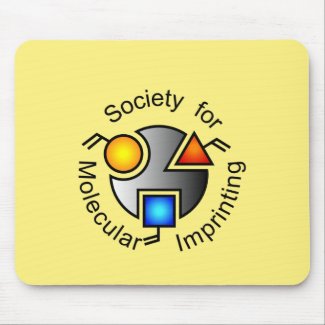
Authors: Hu L, Arifuzzaman M, Zhao Y
Article Title: Controlling Product Inhibition through Substrate-Specific Active Sites in Nanoparticle-Based Phosphodiesterase and Esterase.
Publication date: 2019
Journal: ACS Catalysis
Volume: 9
Issue: (6)
Page numbers: 5019-5024.
DOI: 10.1021/acscatal.9b00630
Abstract: Hydrolysis of phosphodiester bonds is catalyzed efficiently by DNA- and RNA-hydrolyzing enzymes, but their synthetic mimics often fail to display catalytic turnovers because the phosphate products tend to bind the catalytic metal more strongly than the substrates. In this work, we report the direct usage of a phosphate diester substrate as the template, and through micellar imprinting and postfunctionalization, we created water-soluble nanoparticle catalysts with an active site closely matching the substrate. With a preferential binding for the substrate and a zinc cation in the close proximity of the phosphate, the resulting synthetic phosphodiesterase displayed turnovers 1 order of magnitude higher than the highest reported previously. The same strategy was used to prepare synthetic esterase with hundreds of turnovers and ability to distinguish closely related substrates
Template and target information: phosphate diester
Author keywords: molecular imprinting, hydrolysis, phosphodiesterase, selectivity, Michaelis-Menten, active site, biomimetic catalysis



Join the Society for Molecular Imprinting

New items RSS feed
Sign-up for e-mail updates:
Choose between receiving an occasional newsletter or more frequent e-mail alerts.
Click here to go to the sign-up page.
Is your name elemental or peptidic? Enter your name and find out by clicking either of the buttons below!
Other products you may like:
 MIPdatabase
MIPdatabase









